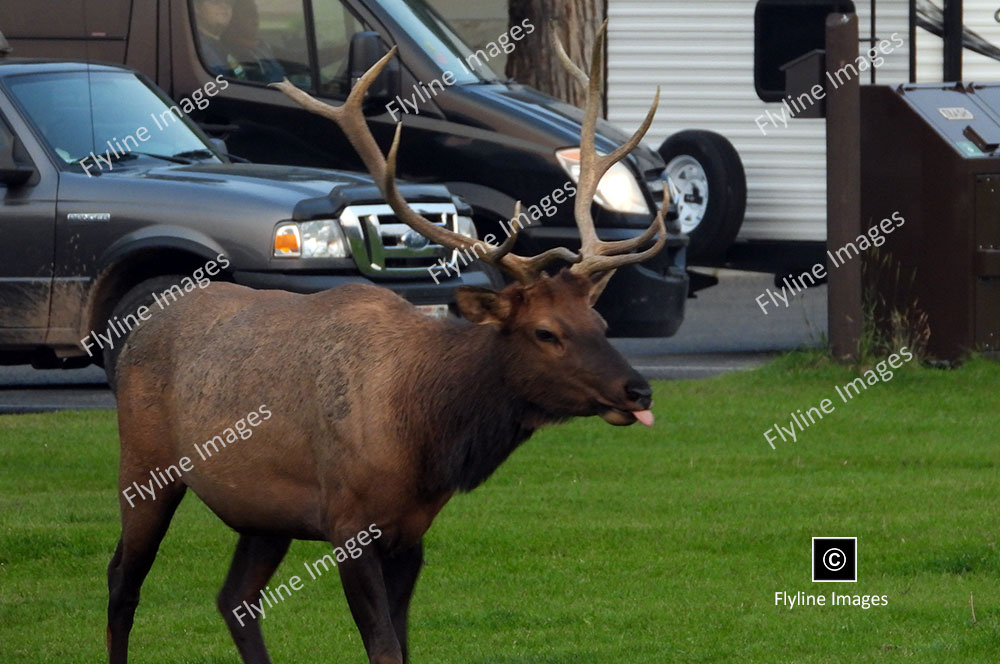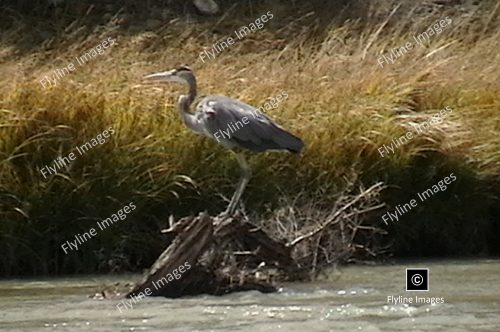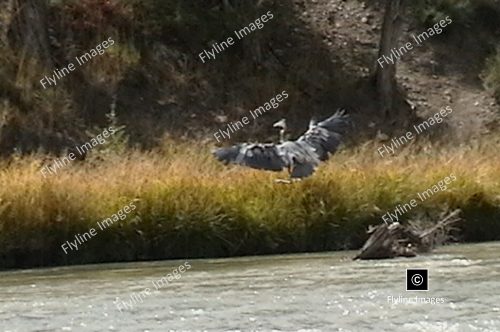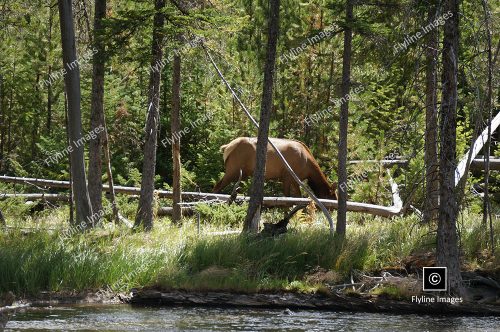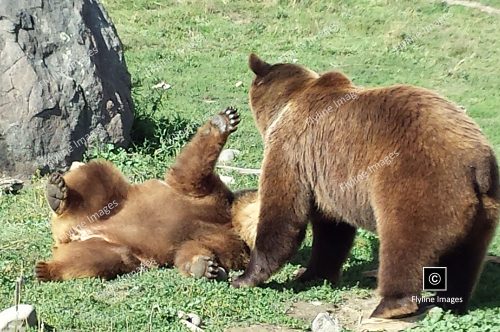Elk In Yellowstone National Park
Bull Elk DSCN1208
$5.00
Description
Purchase this photo for your use. This photo of a bull elk was taken in Mammoth Hot Springs.
Image & Download Information
For this product, we have provided 3 image size options, Large 4000 x 2500, Medium 2000 x 1250 and Small 1000 x 625. When you purchase this photo, you will receive an email confirmation of your order. That email will summarize your purchase and provide you with the download links for the images and videos you purchased.
MORE ABOUT THIS PHOTO
Elk are a prominent feature of Mammoth Springs in Yellowstone National Park, drawing visitors with their graceful presence and striking antlers. These majestic animals, belonging to the deer family, frequently roam the lush meadows and nearby forests, especially during the calving season in spring. The area around Mammoth Springs provides an ideal habitat due to its abundant food supply, including grasses and willows. Observers can often witness herds during the early morning or late evening, engaging in their natural behaviors. Elk also play a vital role in the park’s ecosystem, influencing plant communities and serving as prey for predators such as wolves and bears, thus contributing to the intricate balance of wildlife in Yellowstone.
Visitors to the park have a unique opportunity to witness elk in their natural habitat, providing an unforgettable experience and a chance to learn more about these magnificent creatures. Along with their impressive antlers, elk are known for their distinctive bugling calls, which can be heard echoing through the valleys during mating season. This is just one of the many fascinating behaviors that visitors may observe when encountering elk in Yellowstone.
While elk are the most commonly seen large mammal in Yellowstone, they were once on the brink of extinction due to overhunting and loss of habitat. Thanks to conservation efforts, they have made a remarkable recovery and now thrive in the park’s protected environment. However, ongoing efforts are needed to ensure their continued presence and conservation for future generations to appreciate.
In addition to being a significant part of Yellowstone’s natural landscape, elk also hold cultural significance for many Native American tribes in the region. For centuries, these animals have been revered and used as a source of sustenance and materials for traditional practices. Today, visitors can learn about the rich history and connection between indigenous communities and elk through various educational programs and exhibits at the park.
Overall, elk are an essential aspect of Yellowstone National Park, providing both ecological benefits and enriching experiences for visitors. Their presence is a reminder of the park’s diverse flora and fauna, as well as the ongoing efforts to preserve this beautiful wilderness for generations to come. So next time you visit Mammoth Springs or any other area in Yellowstone, keep an eye out for these majestic creatures and take a moment to appreciate their significance in this iconic national park.


